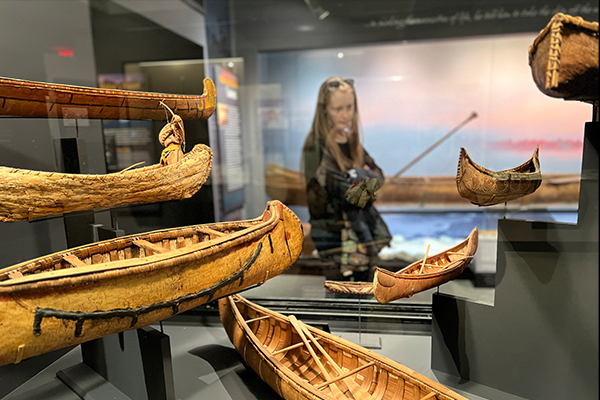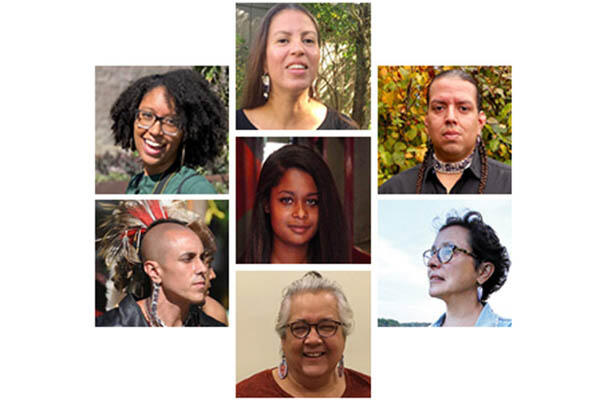


Experience 10,000 years of cultural history across six continents and eight galleries, in one of the North America's first anthropology museums.

The Legacy of Penobscot Canoes: A View from the River explores the enduring importance of rivers and canoes in Penobscot tribal life and on relationships between the tribe and non-Indians.
Wampanoag tribal members reflect on collections spanning the seventeenth to twentieth centuries and stewarded by the Peabody Museum. Listen in as they share memories, thoughts, and reflections about collection items made by their ancestors and relatives and learn how Wampanoag life and culture continues to flourish today.
